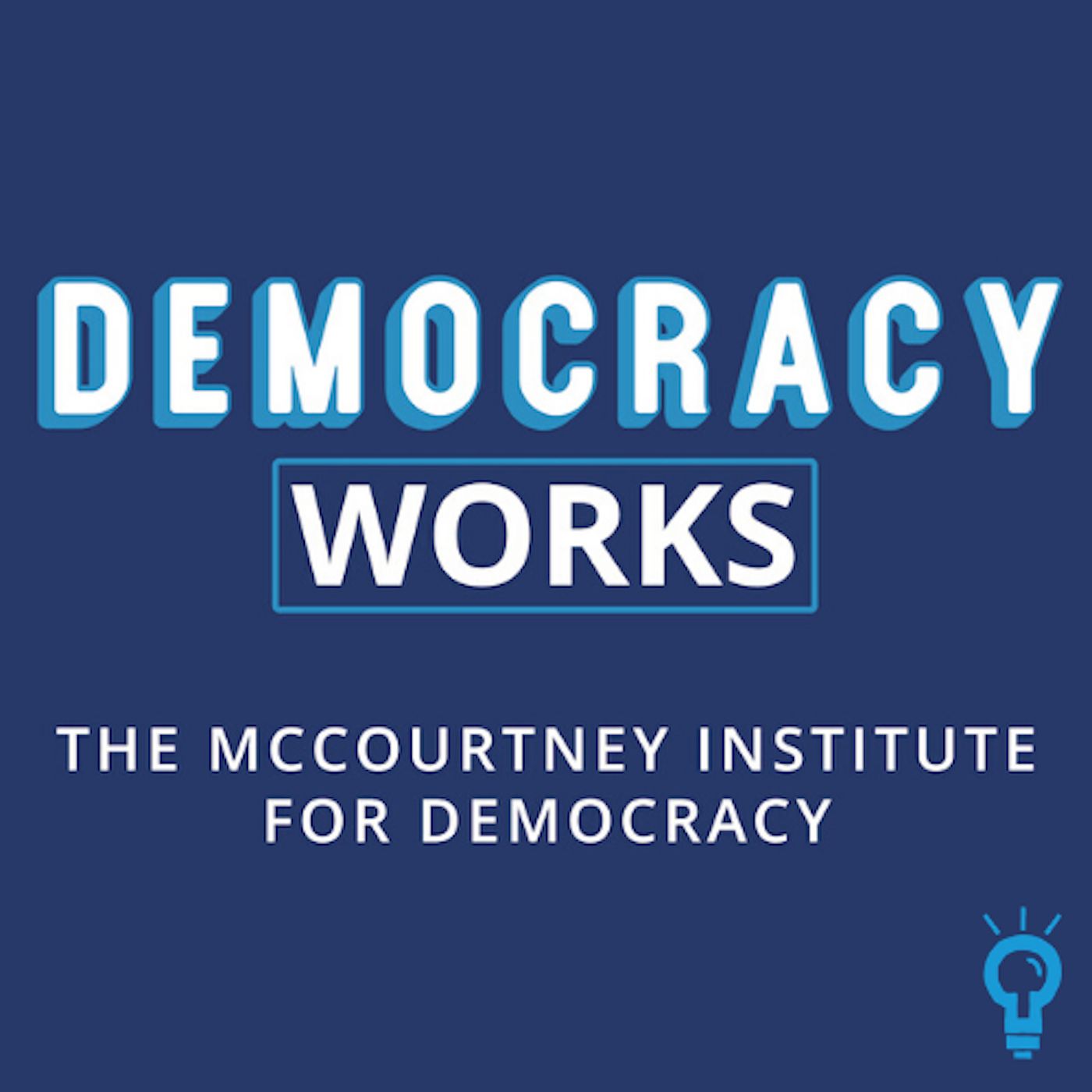- After-Shows
- Alternative
- Animals
- Animation
- Arts
- Astronomy
- Automotive
- Aviation
- Baseball
- Basketball
- Beauty
- Books
- Buddhism
- Business
- Careers
- Chemistry
- Christianity
- Climate
- Comedy
- Commentary
- Courses
- Crafts
- Cricket
- Cryptocurrency
- Culture
- Daily
- Design
- Documentary
- Drama
- Earth
- Education
- Entertainment
- Entrepreneurship
- Family
- Fantasy
- Fashion
- Fiction
- Film
- Fitness
- Food
- Football
- Games
- Garden
- Golf
- Government
- Health
- Hinduism
- History
- Hobbies
- Hockey
- Home
- How-To
- Improv
- Interviews
- Investing
- Islam
- Journals
- Judaism
- Kids
- Language
- Learning
- Leisure
- Life
- Management
- Manga
- Marketing
- Mathematics
- Medicine
- Mental
- Music
- Natural
- Nature
- News
- Non-Profit
- Nutrition
- Parenting
- Performing
- Personal
- Pets
- Philosophy
- Physics
- Places
- Politics
- Relationships
- Religion
- Reviews
- Role-Playing
- Rugby
- Running
- Science
- Self-Improvement
- Sexuality
- Soccer
- Social
- Society
- Spirituality
- Sports
- Stand-Up
- Stories
- Swimming
- TV
- Tabletop
- Technology
- Tennis
- Travel
- True Crime
- Episode-Games
- Visual
- Volleyball
- Weather
- Wilderness
- Wrestling
- Other
A deep dive on parties and political reform
Americans want electoral reforms so that they can have more choice in elections. Recent surveys show that 20 to 50 percent of Americans are open to a new electoral system, while demand for a third party has crept upward since Gallup began asking in 2003. More Americans now call themselves "independent" than identify with either of the major parties, but what happens when Americans try to reform their way out of a two-party system?<br /><br /> In More Parties or No Parties, Jack Santucci traces the origins and performance of proportional representation in U.S. cities, the reasons for repeal in all but one case, and discusses the implications of this history for current reform movements at the state and national level. In a two-party system, reform requires appealing to the group that wants to "get the parties out of politics" (or, in modern terms, to "reduce polarization"). This leads to ostensibly nonpartisan reform packages, yet party-like formations emerge anyway, as voters and governments need to be organized. However, such reform is not stable and has tended to make voting difficult for everyday people.This conversation, originally recorded in August 2022, looks back at the history of political reform and current movements like the Forward Party and the adoption of ranked-choice voting in Nevada and other states. As you'll hear, reform is easy to put into a slogan, but much harder to implement in practice. <br /><br />More Parties or No PartiesJack Santucci's website

